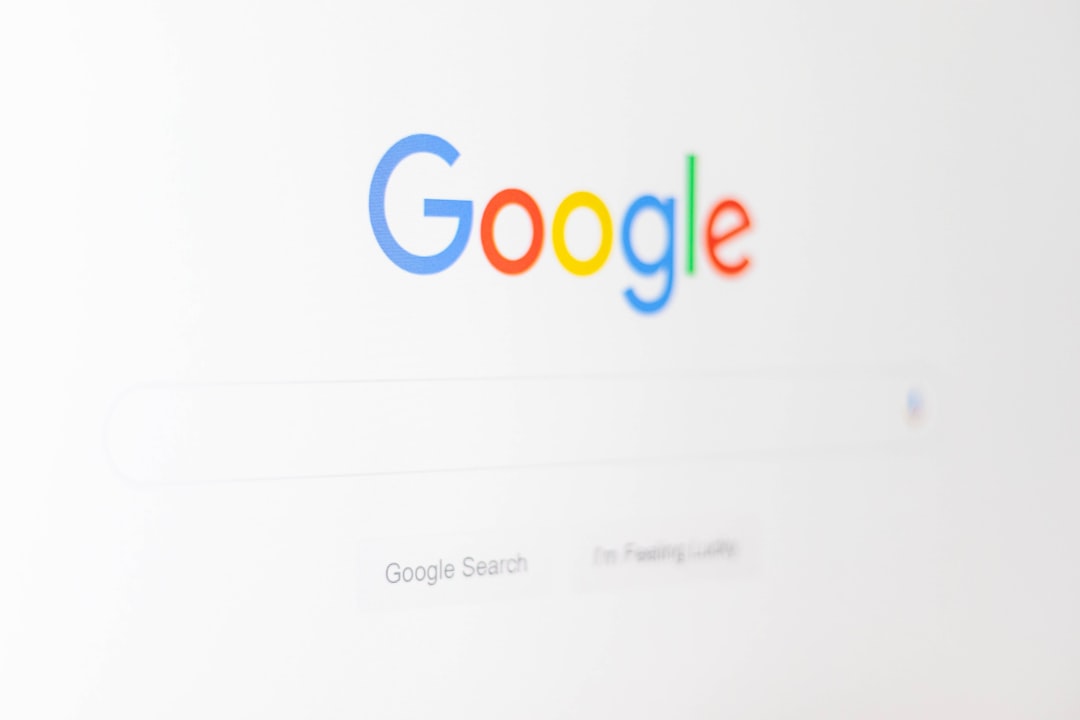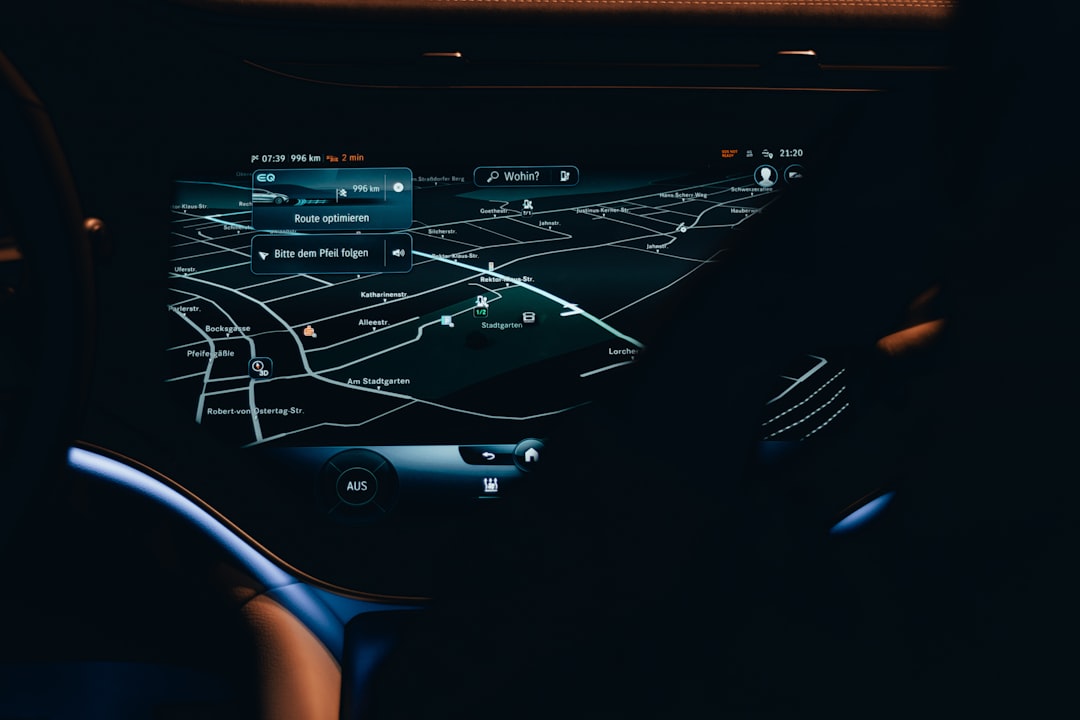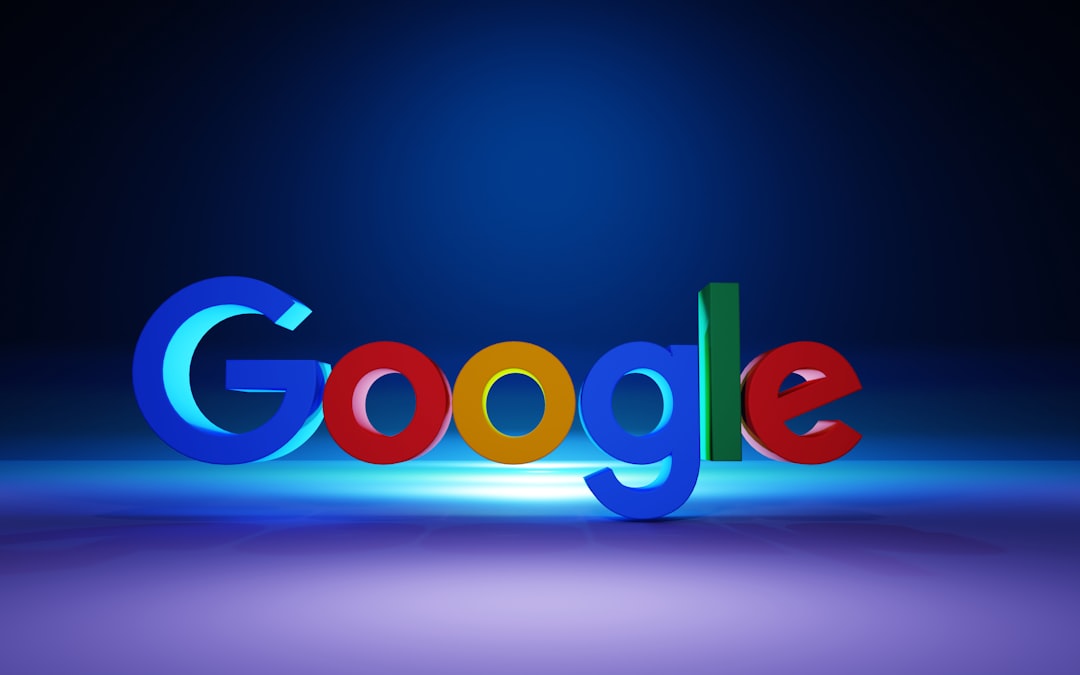Google Analytics 4 (GA4) is the shiny new version of Google’s analytics platform. It’s designed for the modern internet, with a focus on events instead of sessions. But with the rise of artificial intelligence making waves across the web, there’s a hot new question: Does GA4 properly track traffic from Google’s AI Mode?
Let’s break it down in a fun and simple way. We’ll keep the techy talk light and help you understand what’s going on, even if tracking codes make your eyes glaze over. Grab a cup of coffee—or maybe a cookie—and let’s dive in!
What Is Google AI Mode?
Google is adding AI into everything these days. One of the newest changes is AI features in search results. This is sometimes called Search Generative Experience (SGE) or AI Overviews. When a user types a query, instead of (or along with) the usual list of links, Google shows a smart AI-generated summary right at the top.

This sounds cool, right? People get answers right away. But here’s the catch—if they get the answer from the AI summary, they might not click on your website link at all!
What Does That Mean for Website Owners?
If fewer people click your links, your site gets less traffic. Ouch. So now the question becomes:
Can Google Analytics 4 detect traffic from these AI-powered search results?
Well… it’s complicated.
How Does GA4 Track Traffic?
GA4 tracks traffic using events and source data. Every time someone visits your site, GA4 looks at how they got there. It tracks:
- Medium: Like organic search, email, referrals.
- Source: Which platform brought the user—Google, Facebook, etc.
- Campaigns: If you added UTM tags.
That sounds good so far. If someone visits from a Google search, GA4 should say:
Source: google, Medium: organic
But when AI gets in the middle, things get murky.
Is AI Mode Search Organic or Something New?
This is the million-dollar question. Google’s AI Overviews may or may not count as organic search in GA4.
Here’s why:
- Google doesn’t always use links in AI summaries.
- If a link is used, the click may act like a referral or direct visit, depending on how it’s loaded.
- Some AI results open in a preview window or don’t send clear referrer data.
This causes GA4 to lose track of how the user got to your site. Imagine someone visiting through a fog—you know they’re there, but you don’t know from where.
Can GA4 Tell AI Mode Traffic Apart?
Short answer: No, not perfectly—not yet.
Long answer: There are ways to try spotting it with more advanced setups. But for most site owners, GA4 lumps AI Mode traffic in with other search or direct visits.
This means you might see a drop in your usual organic search traffic, but an uptick in direct traffic. That’s a hint people are reading your site via links that aren’t clearly labeled by Google’s AI features.

Why Is This a Big Deal?
If you don’t know where your traffic comes from, you can’t make smart decisions. It’s like trying to drive with one eye closed.
You may think your SEO isn’t working anymore. Or maybe you’ll see fewer clicks but still notice the same amount of time spent on page. Weird, huh?
That weirdness might just be Google AI Mode messing up your data.
Any Workarounds?
Yes! But they aren’t perfect. Here are a few things you can try:
- Check your direct traffic. If it suddenly grows while organic traffic dips, AI might be the reason.
- Look at landing pages. Are top pages getting visits with no referral source? That’s a clue.
- Use scroll-depth tracking or interaction events. These help you measure engagement even when referrer info is lost.
- Analyze traffic patterns over time. Compare dates when new AI features rolled out in Google Search with your traffic stats.
Nothing beats Google adding clear labels, of course, but that’s not fully happening yet.
What Can Google Do to Fix It?
Google could:
- Tag AI Mode traffic with clear source names
- Offer better documentation for GA4 integration
- Add a “from AI result” tag or filter inside Search Console and GA4
So far, these things aren’t available. Everyone’s hoping they’ll show up soon. Fingers crossed!
Until Then: Use What You Have
Even if GA4 isn’t tracking AI Mode perfectly, it’s still a powerful tool. Combine it with tools like:
- Google Search Console: Still shows when your site appears in search results—even AI ones.
- Heatmaps: Tools like Hotjar help see what users do once they land.
- Tagging: Use UTM tags in your AI-optimized links and articles.
These give you extra insight while waiting for Google to catch up.
The Bottom Line
So, does GA4 track Google AI Mode traffic properly?
Not really. At least, not yet.
AI isn’t breaking GA4—but it’s making things fuzzier. If you feel like your traffic reports are cloudy or don’t add up, you’re not alone. Marketers, SEOs, analysts—they’re all noticing it too.
Stay curious. Keep watching your data. And know that this is a fast-moving space. Google might roll out updates soon to help clear things up.
Frequently Asked Questions
Q: Will GA4 start tracking AI Mode properly soon?
A: We hope so! Google is aware of the issue, and updates may be coming.
Q: How can I tell if a visit came from AI search?
A: Right now, it’s tough. Check for direct visits that land on SEO-worthy pages. GA4 doesn’t label this yet.
Q: Should I stop focusing on SEO?
A: Absolutely not! SEO is still your best way to rank, appear in summaries, and earn links. Just adapt to this new AI layer.
Final Thoughts
GA4 is powerful, but still finding its way around AI traffic. While Google AI Mode changes how people reach your site, it doesn’t mean the end of measuring traffic. It just means new challenges—and new tools to learn.
Until GA4 improves, you’ll need to play detective a bit. But hey, solving traffic mysteries is part of the fun, right?


